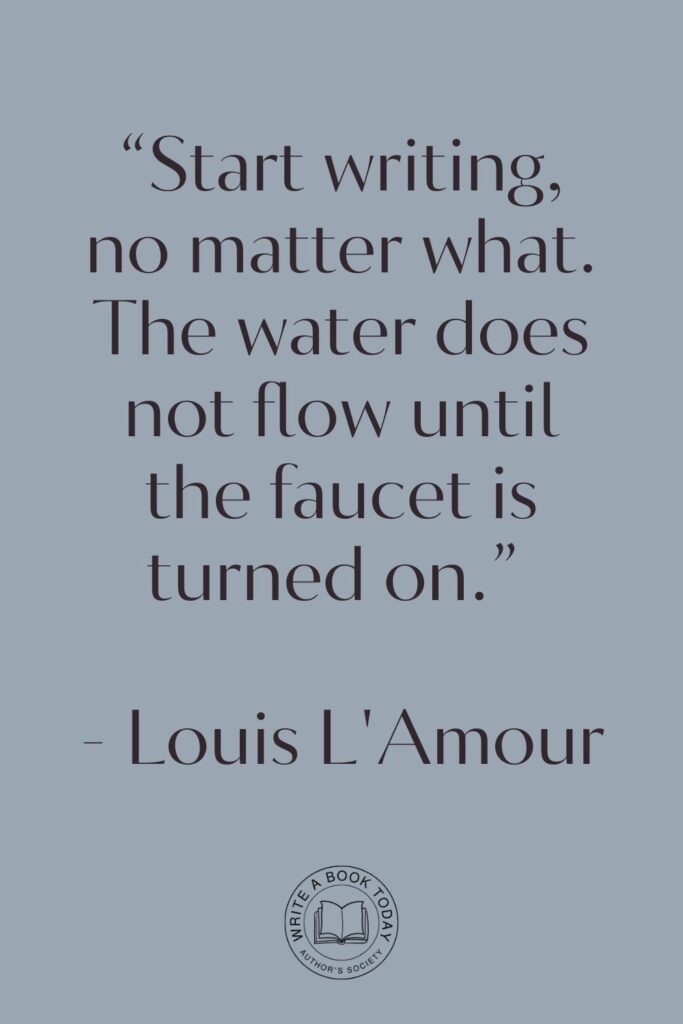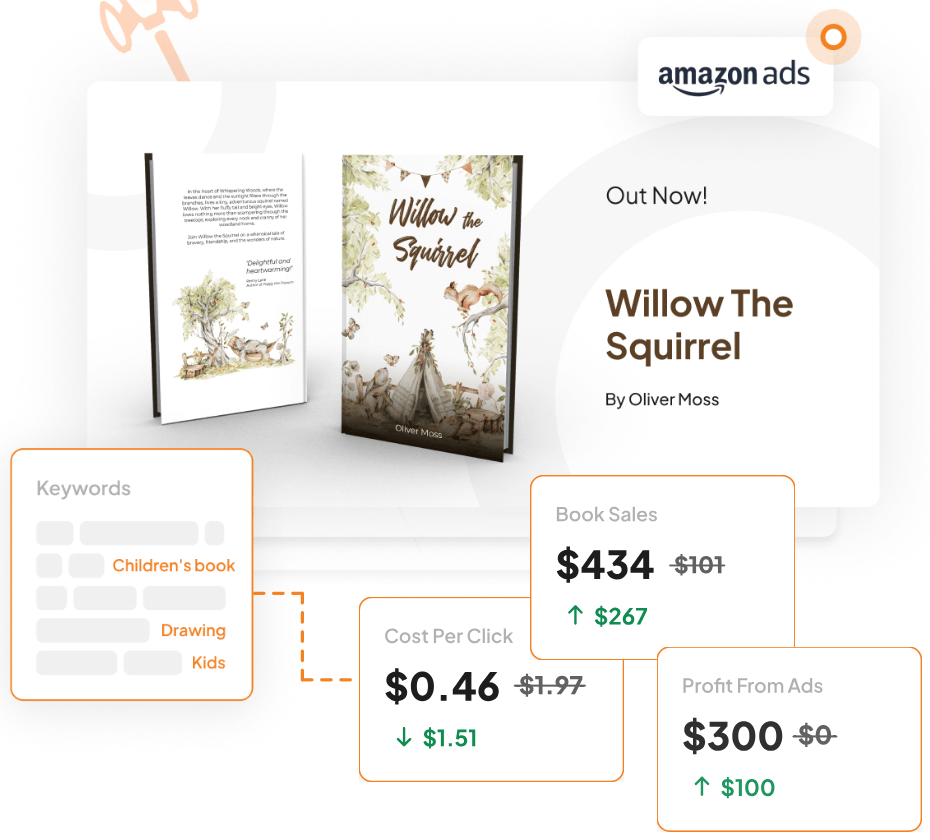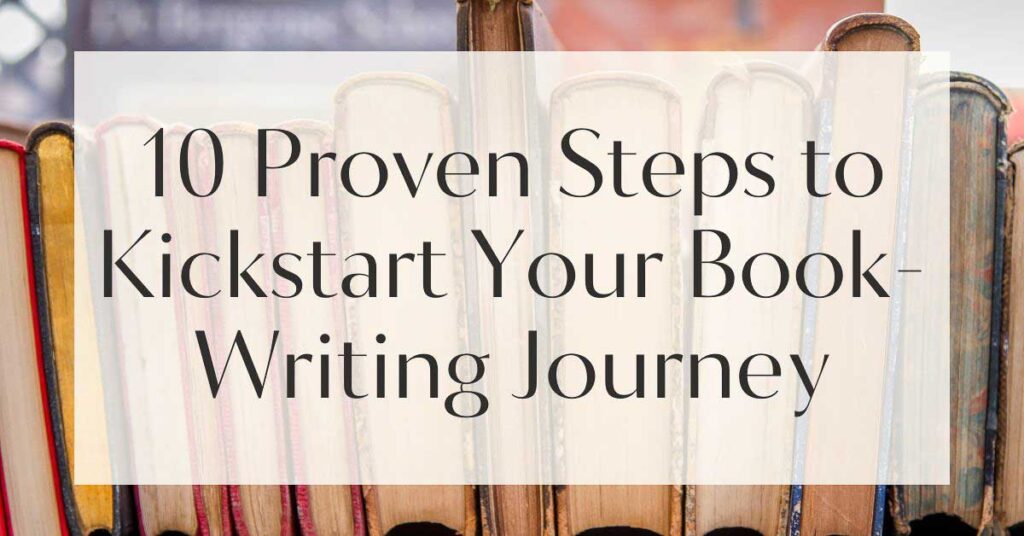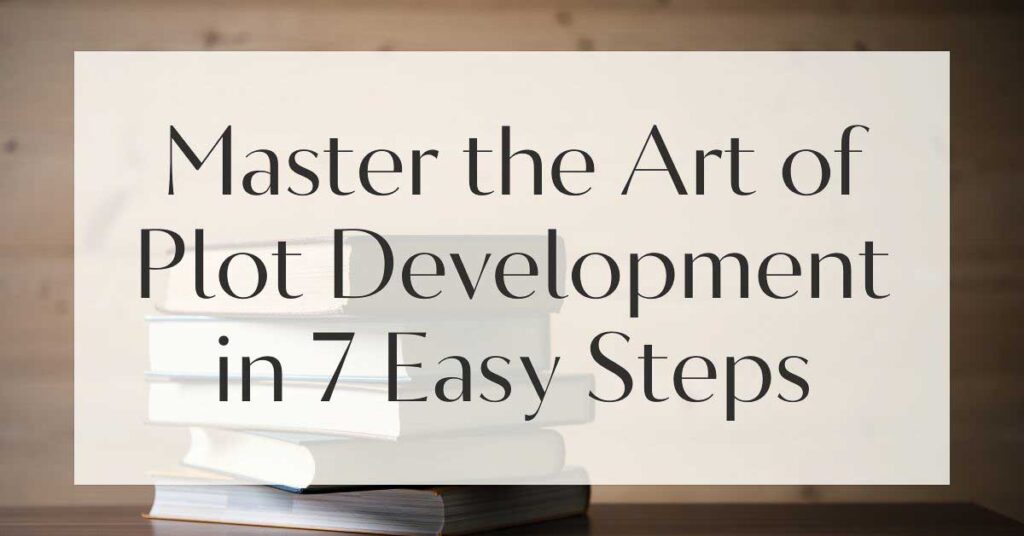Have you ever felt the exhilarating yet daunting task of distilling your creative masterpiece into a single page that captivates and compels? Writing a query letter can feel like attempting to catch lightning in a bottle. It’s the first impression you make on an agent or publisher, and like any first impression, it can open doors or close them.
This guide is here to illuminate the path to crafting a query letter that not only stands out but gets results. We’ll unravel the mystery behind successful query letters, explore their essential components, and offer practical query letter tips to boost your confidence.
Understanding the Query Letter: What You Need to Know
Before diving into the nuts and bolts of writing query letters, it’s crucial to grasp what a query letter truly represents in the literary world. At its core, a query letter is a sales pitch.
It’s your opportunity to showcase your book’s unique selling points, your writing style, and why your story deserves a place on the shelves. But beyond being a mere pitch, it’s a bridge—a connection between your creative universe and the publishing industry’s bustling world.
The Purpose of a Query Letter
Imagine your query letter as a key, one that unlocks the door to potential literary agents or publishers. The primary purpose is to pique their interest, enticing them to request your manuscript. Think of it as a teaser trailer for your book, offering just enough intrigue to make them want more.
Crafting a query letter is about capturing the essence of your book in a concise, engaging way. It should convey your story’s hook, your credentials, and why your work fits their list.
When writing your query letter, remember that brevity is your ally. Keep your letter to one page, focusing on the most compelling aspects of your book.
Highlight what makes your story unique, and avoid unnecessary details that may dilute your message. Always address the agent or editor by name to personalize your approach.
Google Docs is for notes. Scrivener is for novels. Upgrade your writing game and try it for free today!

Who is Your Audience?
Understanding your audience is as critical in writing query letters as it is in writing a novel. Who are you addressing? Literary agents and publishers each have their preferences and specialties. Research is paramount—know who you’re querying.
Tailor your letter to resonate with the specific tastes and interests of the agent or publisher. This personalized approach shows that you’ve done your homework and respect their time and expertise.
Always check the submission guidelines of the agent or publisher before sending your query letter. Each has specific preferences regarding format, content, and attachments.
Following these guidelines demonstrates professionalism and respect for their process. It also ensures your letter isn’t dismissed for failing to adhere to basic requirements.

Key Components of a Successful Query Letter
Building a successful query letter is akin to constructing a well-balanced meal; each part must complement the other to create a satisfying whole. Here, we delve into the essential components that will transform your letter from ordinary to extraordinary.
Crafting Your Hook: The Opening Lines
Your opening lines are the lifeline of your query letter. They need to grab attention immediately, much like a powerful opening scene in a novel.
Begin with a captivating hook—perhaps a provocative question, a startling fact, or a brief anecdote that encapsulates your book’s essence. This hook sets the tone and entices the reader to delve deeper into your letter.
Consider this: if you were an agent sifting through dozens of queries daily, what would make you pause and take notice? A strong, engaging hook is your best tool to cut through the noise. It should reflect the heart of your story, providing a snapshot of the narrative’s intrigue.
Building the Body: What to Include
The body of your query letter is where you flesh out the bones of your pitch. This section should include a brief synopsis of your book, introducing the main characters, setting, and central conflict. Think of it as a back-cover blurb—concise yet compelling, giving just enough detail to entice without overwhelming.
Include any relevant credentials or writing experience, especially if it lends credibility to your book’s subject matter. If you’ve been published before, mention it. However, if you’re a debut author, focus on your passion and dedication to the craft.
| Component | Details |
|---|---|
| Synopsis | Brief overview of the plot, characters, and conflict. |
| Credentials | Relevant writing experience or publications. |
| Personalization | Tailoring the letter to the specific agent or publisher. |
Polishing Your Closing: Leaving a Lasting Impression
As you approach the end of your query letter, it’s time to leave a lasting impression. The closing should be polite and professional, thanking the agent or publisher for their time and consideration. Restate your contact information and express your willingness to provide the manuscript upon request.
Conclude with a positive note, perhaps reiterating your excitement about the possibility of working together. Remember, the closing is your final chance to convey enthusiasm and professionalism.

Query Letter Tips: Making Your Submission Stand Out
Standing out in a sea of submissions can feel like a herculean task, but with the right strategies, your query letter can shine like a beacon of promise. Here are some essential query letter tips to help your submission rise above the rest.
Common Mistakes to Avoid
Even the most seasoned writers can stumble over common pitfalls when writing query letters. One frequent mistake is being too vague. Specificity is key—agents want to see clear, concise pitches. Avoid overly long letters; brevity ensures your main points stand out.
Another common error is neglecting to personalize the letter. A generic query can come across as impersonal, diminishing your chances of success. Always address the agent by name and tailor the content to their interests and specialties.
Feeling lost with your debut novel?
Fiverr Pro connects you with expert editors, designers, and marketers – everything you need to get your book ready for success!

Examples of Successful Query Letters
Learning from success stories can be incredibly insightful. Study examples of successful query letters to understand what worked for others. Notice how these letters balance creativity with professionalism, presenting their stories in a compelling yet concise manner.
Successful queries often highlight a strong voice and a unique perspective, elements that resonate with agents looking for fresh talent. Analyzing these examples can provide valuable lessons in crafting your own standout letter.
Personalizing Your Query: Why It Matters
Personalization is more than just addressing the agent by name; it’s about demonstrating genuine interest in their work. Research the agent’s recent projects and mention how your book aligns with their interests.
This shows that you’ve done your homework and are serious about your submission. Agents appreciate when authors take the time to understand their preferences. A personalized query letter reflects a level of professionalism that can set you apart from the competition.
Incorporate feedback from trusted peers or writing groups before sending your query letter. Fresh eyes can catch mistakes you might have missed and provide constructive criticism. Consider their suggestions and refine your letter accordingly. This extra step can significantly improve the quality of your submission.
After You Send: What Happens Next?
The journey doesn’t end once you hit send. Understanding the next steps can help you navigate the post-submission phase with grace and patience.

Handling Rejections with Grace
Rejection is an inevitable part of the writing journey, but it doesn’t define your worth as a writer. When faced with rejection, try to view it as a stepping stone rather than a stumbling block. Often, it’s not a reflection of your work’s quality but rather a mismatch with the agent’s current needs.
Use rejections as learning opportunities. If feedback is provided, consider it carefully and see if there are areas for improvement. Remember, many successful authors faced numerous rejections before finding the right fit.
No marketing platform? No social following? No problem!
Publisher Rocket helps you market your debut novel like a pro.
It’s a gamechanger for debut authors – try it today!


Following Up: When and How to Do It
Following up on your submission can be a delicate dance. Generally, it’s acceptable to follow up if you haven’t heard back after the agency’s stated response time. Keep your follow-up polite and concise, reiterating your interest and providing the original submission date.
A well-timed follow-up shows your continued interest and professionalism. However, avoid excessive or impatient follow-ups, which can come across as pushy.
Encouragement for Every Writer: Keep Going!
Writing a query letter is a significant milestone in your writing journey, and each submission brings you closer to your goal. Remember, every great author started where you are now, facing the same challenges and uncertainties.
Keep honing your craft, learning from each experience, and most importantly, keep writing. Your story deserves to be told, and with perseverance and dedication, your query letter will open the door to new opportunities.








